

The Ginkakuji, also known as the“ Silver Pavilion ”, is a Buddhist Zen temple in the Higashiyama area in northeastern Kyoto. The surrounding gardens from the Edo period were designated a special historical site in 1952, and UNESCO took the Ginkakuji together with others Buildings in 1994 in the World Heritage Site Historic Kyoto.
Construction of the complex began in 1482 and was intended to be the retirement home of the then shogun Ashikaga Yoshimasa. However, it was not completed until his death, so it was converted into a temple according to his request. Two buildings have been preserved in their origins, of which the Kannon den is the symbol of the temple and is usually called the "Silver Pavilion", while the Togu-do contains one of the oldest rooms for the tea ceremony. The complex is also known for its moss garden and the extraordinary sand garden known as the “lake of silver sand”.
In contrast to the “Golden Pavilion”, the Ginkakuji is not covered with silver. The name probably came from the similar architecture of the two buildings.
30-minute walk from Demachiyanagi Station on the Keihan Railway
5-minute walk from City Bus Stop Ginkakuji-mae

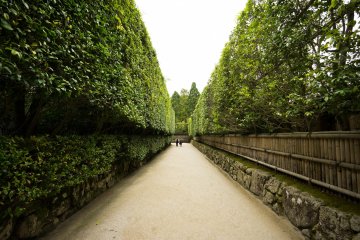
วัดกินคะคุจิ (Ginkakuji) หรือที่รู้จักกันในชื่อ 'ศาลาเงิน' (Silver Pavilion) อย่างไรก็ตาม ศาลาเงินนั้นไม่มีสีเงินแต่อย่างใด ภายในบริเวณวัดมีอาคารอีกหลายอาคารให้ชม นอกจากนี้ยังมีสวนทรายที่มีทรายสีขาวบริสุทธิ์ มีลวดลายเส้นตรงลากขนานกันบนทรายอย่างบรรจง ตรงมุมหนึ่งจะมีภูเขาทรายก่อขึ้นดูเหมือนกับภูเขาฟูจิ, สระน้ำที่รายล้อมรอบศาลาเงินมีน้ำใสสะอาดสะท้อนภาพอันงดงามของศาลาเงินและแมกไม้ที่รายล้อมอาคาร

Ginkaku แห่งเกียวโต : นานมาแล้ว กำแพงด้านนอกบนพื้นระดับชั้น 2 ถูกแต่งแต้มด้วยสีขาวบริสุทธิ์ และลวดลายสีสันของรังผึ้ง ริ้วลายทางยาวแนวนอน และลวดลายอื่นๆถูกวาดยาวไปจนถึงใต้ชายคา! สีขาวของ Ginkaku สะท้อนแสงสีเงินอันสวยงามของแสงจันทร์ในช่วงเวลานั้น

มาใช้เวลาอันสุนทรีย์ ในสวนเก่าแก่ที่งดงามของวัดกินคาคุจิ ชมศาลาเงินกลางแมกไม้ และเดินเล่นช้าๆ ไปตามทางเดินของสวน ชมดอกไม้ สนและเมเปิล สวนทราย และหมู่มอส แล้วคุณจะรู้ว่าการท่องเที่ยวและพักผ่อนนั้นวิเศษสุดเช่นไร
![วัดกินคะคุจิ[Ginkaku-ji Temple] วัดกินคะคุจิ[Ginkaku-ji Temple]](https://a1.cdn.japantravel.com/photo/9586-224956/360x240!/kyoto-วัดจิโชจิ-jishoji-หรือวัดคินคาคุจิ-ginkaku-ji-temple-224956.jpg)
วัดกินคะคุจิ[Ginkakuji Temple ] หรือตำหนักเงิน มีความสวยงาม ตั้งอยู่ทางทิศตะวันออกเฉียงเหนือของกรุงเกียวโต
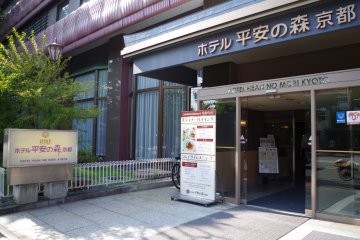

โรงแรมตั้งอยู่บนเนินเขาของเมืองฮิกะชิยะมะ มาพักผ่อนในสถานที่อันสงบและสะดวกสบายท่ามกลางที่สวนญี่ปุ่นที่สวยงาม
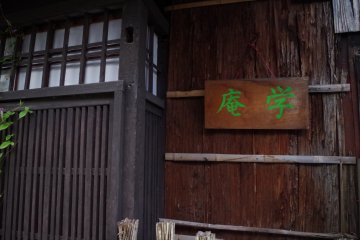
ใช้ชีวิตเหมือนขุนนางยุคเอโดะที่ไคโคอันในโอกาซากิ ฮิกะชิยะมะ เกียวโต
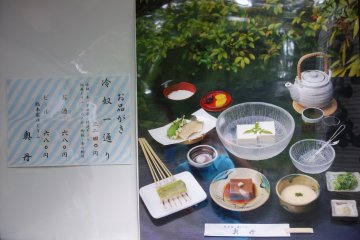
อาหารเซ็ทเต้าหู้ที่ร้านเก่าแก่กว่า 350 ปี ร้าน Okutan คุณจะทึ่งในความหลากหลายและอร่อยของเมนูเต้าหู้ต่างๆ
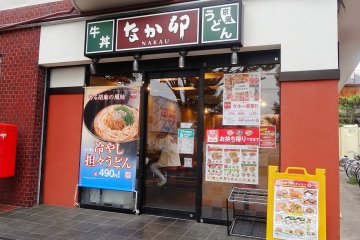
ในบางครั้งในระหว่างที่เราท่องเที่ยว เราอยากจะแวะชมสถานที่หลายๆ แห่งในช่วงเวลาที่จำกัด และการท่องเที่ยวแต่ละครั้งเราต้องวางแผนใช้จ่ายอย่างประหยัด ต้องเสียเงินค่าที่พัก ค่าโดยสาร ค่าเข้าชมสถานที่ และยังต้องเผื่อเงินไว้สำหรับค่าอาหารการกิน หากคุณมีแผนท่องเที่ยวหรือกำลังท่องเที่ยวในเมืองเกียวโตและที่อื่นๆ ในญี่ปุ่น ฉันขอแนะนำร้านนะคะอุ (Nakau) ร้านอาหารจานด่วนราคาประหยัด แต่รสชาติดี และที่สำคัญอิ่มท้อง เปรียบได้กับร้านข้าวแกงที่เมืองไทย
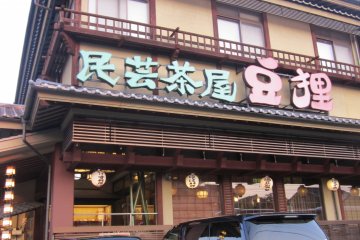
มาเมดะ(豆狸) ภัตตาคารญี่ปุ่นต้นตำหรับ เสริฟอาหารในรูปแบบ Kaiseki ตามแบบธรรมเนียมญี่ปุ่นตั้งเดิม ใกล้กับศาลเจ้าเฮอัน เมืองเกียวโต

The Philosopher's Path (哲学の道, Tetsugaku no michi) is a pedestrian path following a canal lined by cherry trees between Ginkaku-ji and Nanzen-ji. The path earned its name because an influential 20th century philosopher, Nishida Taro, is thought to have used it for daily meditation.
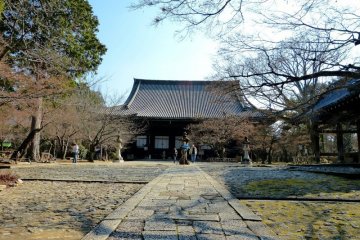
Shinshōgokuraku-ji or Shinnyo-dō is a Buddhist Tendai temple in Kyoto. It was established in 984 AD by Kaisan Shonin. In its name, gokuraku means Sukhāvatī, a paradise. [Wikipedia]
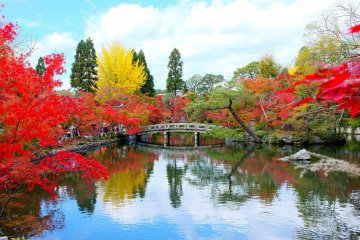
Eikando Temple (永観堂), formerly known as Zenrin-ji temple, was established in 853 and is the head temple for the Seizan branch of Japan's Jōdo-shū Buddhist sect. The temple is known for its autumn scenery.